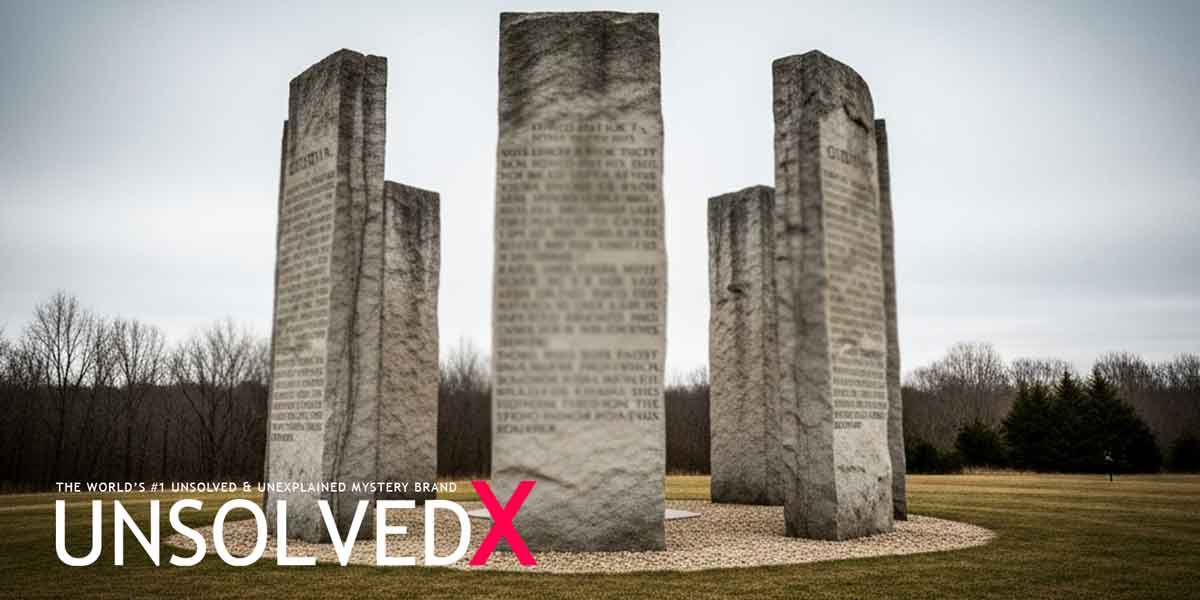The Vanishing of the USS Cyclops: A Century-Old Maritime Mystery
In March 1918, the USS Cyclops, a colossal U.S. Navy collier, set sail from Barbados, bound for Baltimore, Maryland, with 309 souls aboard. Laden with over 10,000 tons of manganese ore, this 542-foot behemoth was a vital cog in the wartime machine, supplying coal and raw materials for World War I. Yet, somewhere in the vast Atlantic, the ship and its crew vanished without a trace—no distress call, no debris, no survivors. The disappearance of the USS Cyclops remains the single largest non-combat loss of life in U.S. Navy history and one of the most enduring unsolved mysteries of the sea. Despite extensive searches and countless theories, the fate of the Cyclops continues to elude historians, naval experts, and maritime explorers, cementing its place in the annals of unexplained phenomena.
The Cyclops was a Proteus-class collier, launched in 1910 by William Cramp & Sons in Philadelphia. Designed to haul coal for steam-powered warships, it was a logistical workhorse, capable of carrying 12,500 tons of cargo. By 1918, the ship had served reliably for nearly a decade, transporting coal across the Baltic Sea, Caribbean, and Mexico, and aiding refugees during crises. When the U.S. entered World War I in 1917, the Cyclops was commissioned into the Naval Overseas Transportation Service, tasked with delivering coal and manganese ore to fuel the war effort. On January 9, 1918, it departed Norfolk, Virginia, for Rio de Janeiro, Brazil, carrying 9,960 tons of coal. After unloading and taking on 10,800 tons of manganese ore—a denser and heavier cargo than usual—the ship began its fateful return journey, stopping in Bahia and Barbados before disappearing after March 4, 1918. The absence of any physical evidence has fueled speculation for over a century, making this mystery a focal point for those intrigued by unsolved maritime enigmas.
Theories and Speculation Surrounding the Loss
One of the most plausible explanations for the Cyclops’ disappearance centers on its cargo and mechanical issues. The ship was reportedly overloaded, carrying 10,800 tons of manganese ore when its maximum capacity was 8,000 tons. This excess weight, combined with an inexperienced crew unfamiliar with handling such dense cargo, may have caused instability. Commander George W. Worley, the ship’s captain, reported a cracked cylinder in the starboard engine before leaving Brazil, rendering it inoperative. A single functioning engine would have made the ship vulnerable to rough seas or sudden shifts in cargo weight. Marvin Barrash, a researcher and descendant of a Cyclops fireman, suggests that unevenly distributed ore could have stressed the hull, leading to structural failure. If a large wave struck the overloaded vessel, it might have capsized or split apart, sinking rapidly without time for a distress signal. The Naval History and Heritage Command notes that two of Cyclops’ sister ships, Proteus and Nereus, also vanished in the Atlantic during World War II while carrying heavy ore, hinting at a possible design flaw in the Proteus-class colliers.
Speculation has also swirled around external factors, including wartime sabotage and natural phenomena. As World War I raged, some theorized that a German U-boat or raider sank the Cyclops, given its valuable cargo of manganese, essential for munitions production. However, German naval records, examined post-war, show no U-boats operating in the area at the time. Another theory points to Commander Worley himself, a German-born officer who changed his name from Johan Frederick Wichmann upon immigrating to the U.S. Rumors of pro-German sympathies led to speculation of mutiny or deliberate surrender to the enemy, but no evidence supports these claims. The ship’s last known position, near the Bermuda Triangle—a region later infamous for mysterious disappearances, including the 1945 loss of Flight 19—has fueled sensational theories of supernatural forces, from sea monsters to interdimensional vortices. While the Bermuda Triangle’s mystique has been largely debunked by researchers like Larry Kusche, who attribute many losses to storms or human error, the Cyclops’ case remains unresolved, with no wreckage to confirm any hypothesis.
Legacy and Ongoing Search for Answers
The disappearance of the USS Cyclops left an indelible mark on naval history and the families of the 309 lost souls. In June 1918, Assistant Navy Secretary Franklin D. Roosevelt declared the ship and crew officially lost, prompting Navy Secretary Josephus Daniels to call it “one of the most baffling mysteries in the annals of the Navy.” Despite exhaustive searches, no trace of the Cyclops has ever been found—not a lifeboat, not a bucket, not even an oil slick. This absence of evidence has driven researchers like Barrash, who has spent decades compiling Navy records and ship logs, to advocate for recognition of the crew’s sacrifice. Baltimore Republican Rep. Andy Harris has worked to erect a monument to honor the lost sailors, emphasizing the need to remember those who “never returned home to Baltimore, and the families they left behind.” The lack of closure continues to haunt descendants, with Barrash expressing a desire for the ship to be found, allowing the crew and their families to “be at rest.”
Modern technology offers hope that the Cyclops may yet be discovered. Advances in sonar and deep-sea exploration have led to the recovery of other long-lost wrecks, such as the USS Lexington in 2018 and the USS Indianapolis in 2017, both found by expeditions led by Microsoft co-founder Paul Allen. James Delgado, a renowned underwater explorer, believes the Cyclops could lie in the Puerto Rico Trench, a 27,000-foot-deep chasm in the Atlantic, making recovery challenging but not impossible. In 1968, Navy diver Dean Hawes reported finding a large hulk 40 nautical miles northeast of Cape Charles, Virginia, but bad weather prevented further exploration, and the wreck was never relocated. As marine archaeologists continue to narrow the list of unfound shipwrecks, the Cyclops remains a tantalizing target, its discovery potentially unlocking answers to a century-old enigma. Until then, the USS Cyclops endures as a haunting reminder of the sea’s power to swallow even the mightiest vessels without a trace.









Comments
Comments section coming soon!